Keep your Veins Healthy During Quarantine
Right now, many of us are working from home, staying home to provide childcare, or sheltering-in-place to flatten the curve of the spread of the novel coronavirus. We are all focused on avoiding getting sick and maintaining as much normalcy as possible, for our own state of mind.
However, just because COVID-19 is a threat, other illnesses or conditions have not gone away. In fact, while staying at home may be the best thing you can do for everyone, being sedentary can worsen varicose veins and other symptoms of vein disease.
How to Keep your Veins Healthy During Quarantine
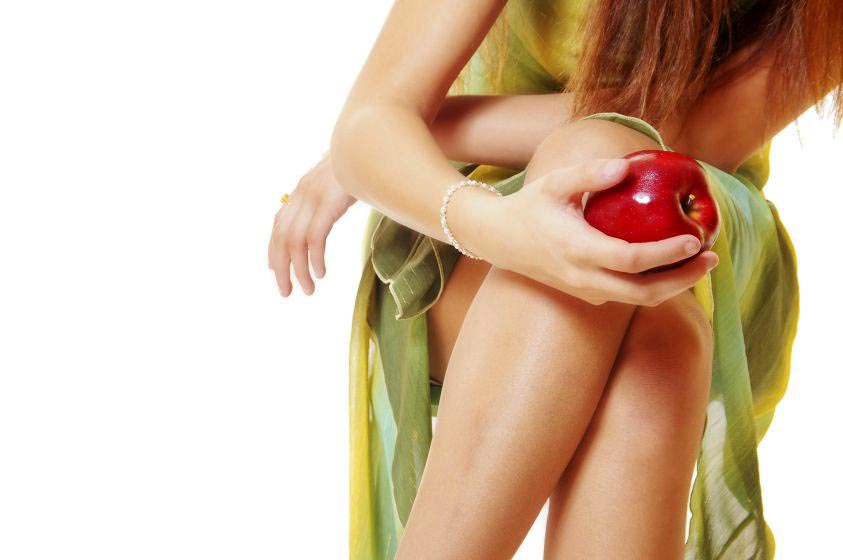
1 - Consider your diet and habits
Carrying extra pounds puts pressure on your veins which may worsen the blood pooling caused by poorly functioning vein valves. When you lose weight, you are also lessening the pressure that is put on your leg veins. Losing weight cannot reverse the presence of varicose veins but may prevent any existing varicose veins from worsening in appearance. Eating a balanced diet is an important factor in maintaining a healthy weight. It’s also important to watch your salt intake, which can lead to water retention, general heaviness, and added pressure on your legs.

2 - Frequent exercises
Exercising with varicose veins may be painful, but there are certain activities that can help improve blood flow through the leg veins. These include walking, biking, and swimming. Ideally, you want to move your calves and get the blood flowing through your legs. It’s important to warm up before exercising with varicose veins, and it’s generally important to avoid exercising after certain vein treatments. If you have varicose veins, always consult your doctor before beginning an exercise routine.
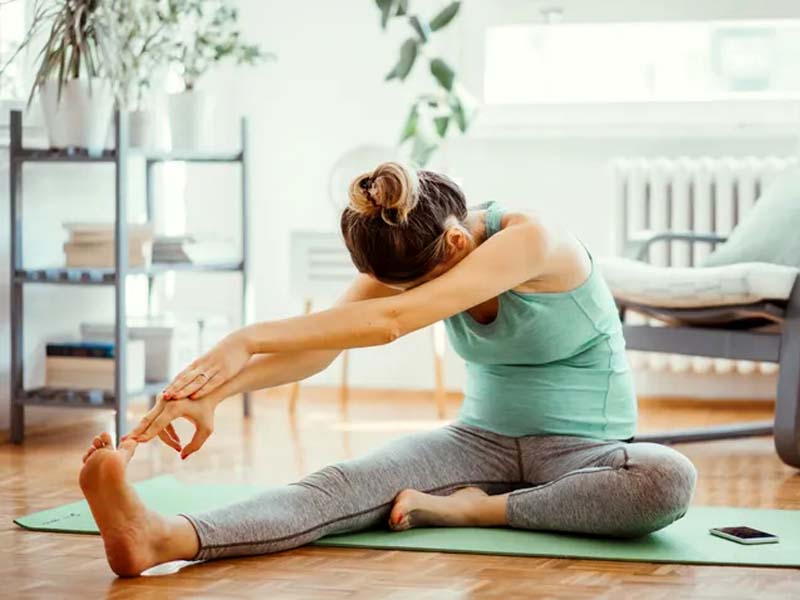
3 - Avoid Prolonged Sitting or Standing
If you have a job that requires you to stand several hours per day—as nurses, teachers, and retail salespeople do—it is important to move, to rest, and to exercise. When you stand for prolonged periods, you are putting undue stress on your leg veins. When you sit for extended periods—as truck drivers and office workers do—you are compromising blood flow.

4 - Elevate your legs
You may be instructed to elevate your feet above the level of your heart three or four times a day for about 15 minutes at a time. If you need to sit or stand for a long period of time, flexing (bending) your legs occasionally can help keep blood circulating. If you have mild to moderate varicose veins, elevating your legs can help reduce leg swelling and relieve other symptoms.
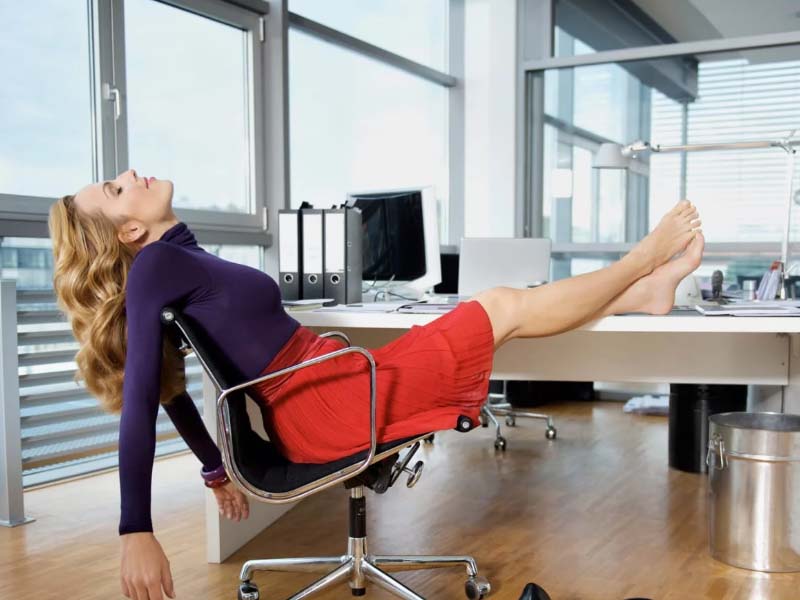
5 - Compression Stockings
Veins have valves that keep your blood flowing in one direction. When these valves don’t work properly, blood can pool, which may lead to varicose veins in the legs. Compression stockings are tight-fitting socks that put mild pressure on your legs. This helps support damaged valves and encourages proper blood flow. Compression stockings may also help prevent blood clots.
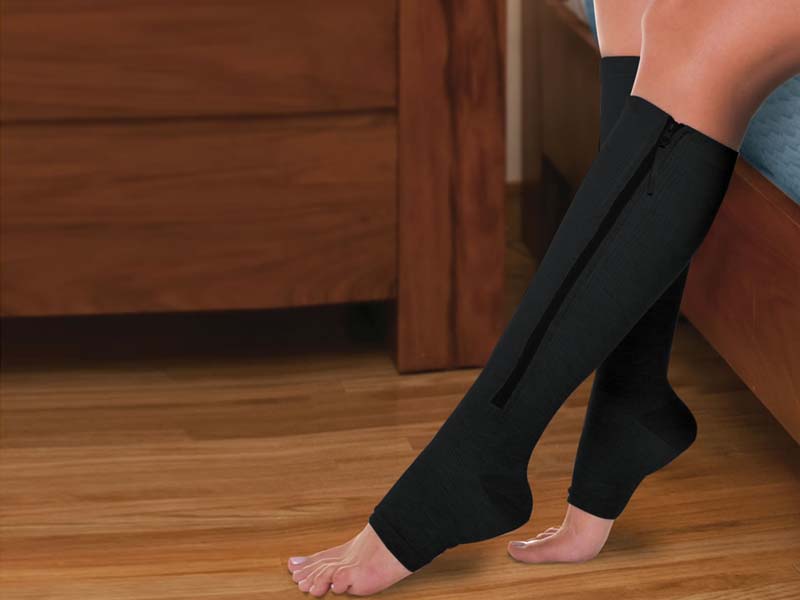
6 - Varicose Veins Treatment
Treatment for venous reflux can vary quite a bit, depending on the patient and the severity of the condition. In some cases, varicose veins can be treated with prescription medication or by wearing compression stockings for a period of time, typically four to eight weeks. Extreme conditions may require surgery, but interventional radiology can often provide the same results with minimal risk to the patient.
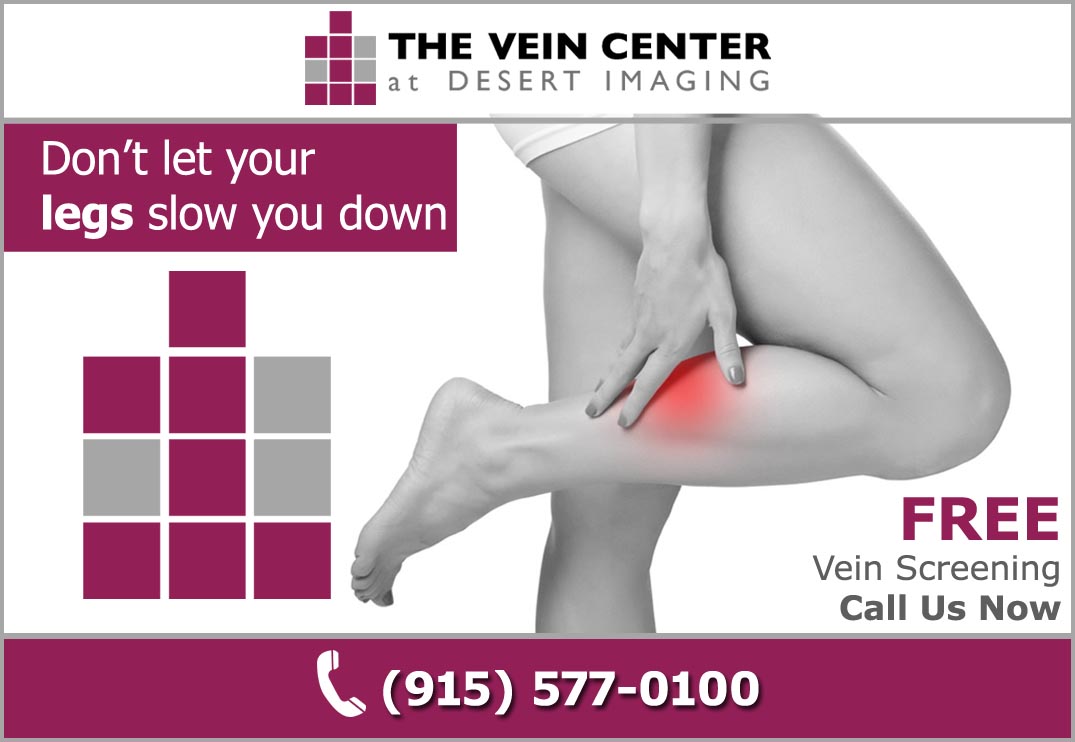
7 - Stay Positive and share your positivity
It can be hard to stay positive during the quarantine. Being in the same four walls every day for weeks will drive any person slightly insane. It may sound corny, but actively focusing on what you're grateful for before you reach for your phone to scroll Instagram can make a huge difference. This puts you in a positive mindset and can even fight depression.



